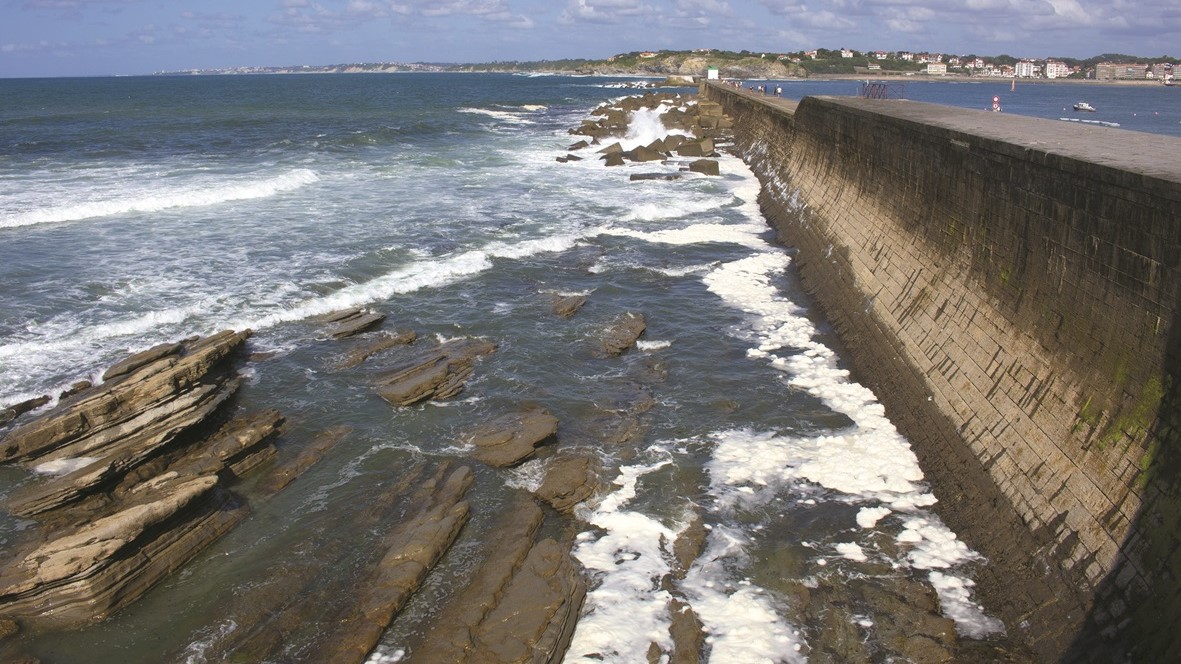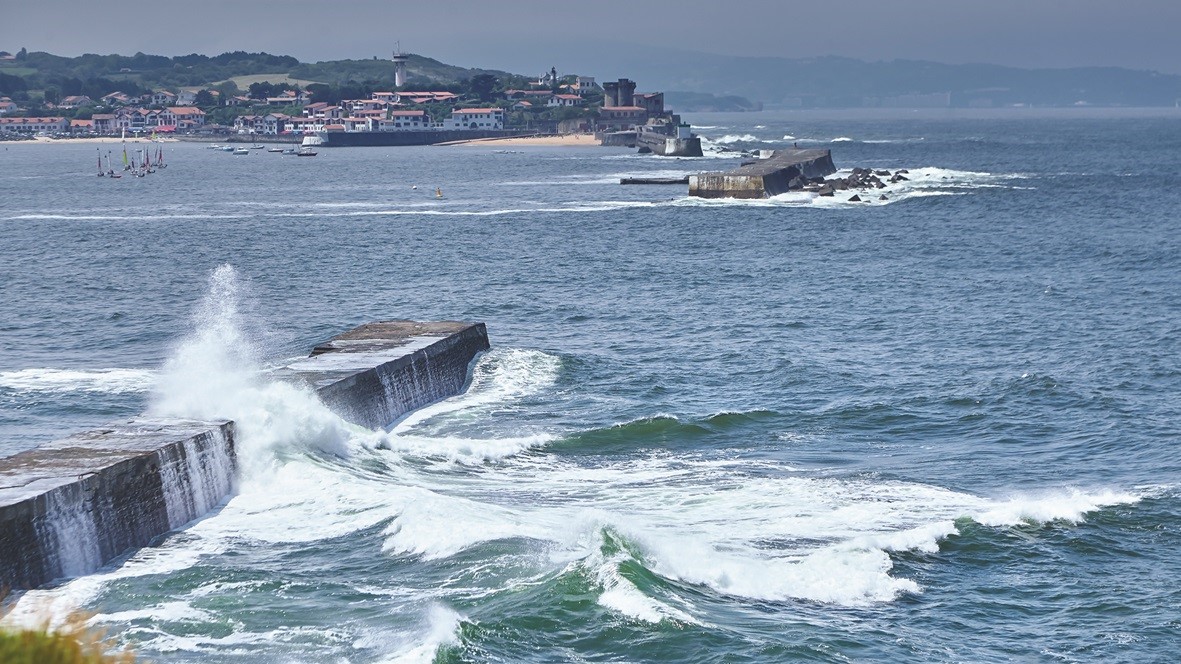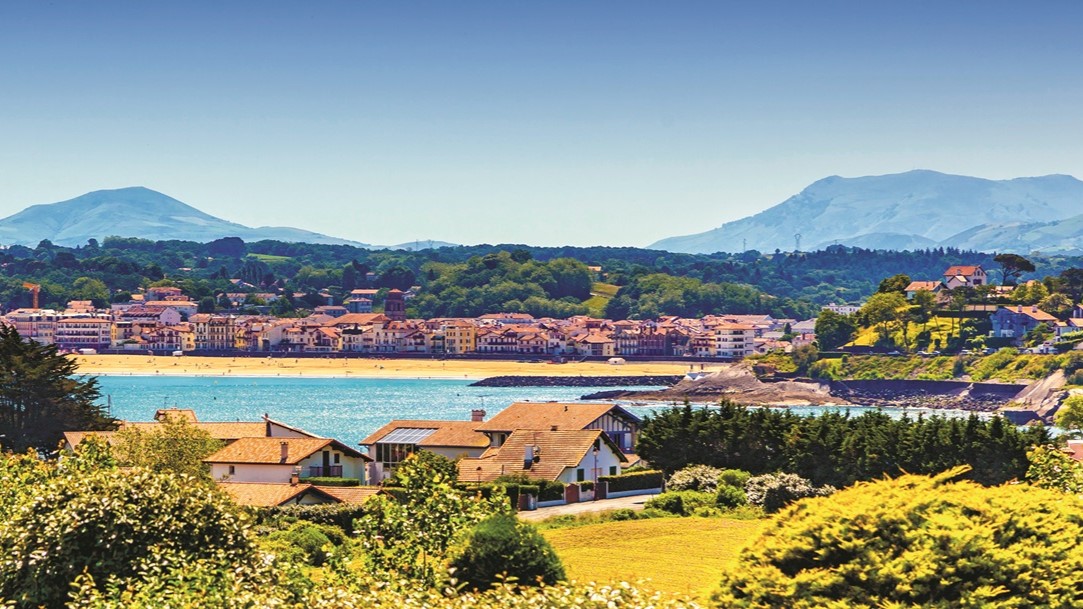For several years now, global climate change has been leading to an increase in severe storms in coastal regions. These storms are affecting the coastal environment more and more, causing severe flooding and tsunamis. To prevent these kinds of disasters, many coastal dykes are fitted with pressure sensors, enabling continuous field measurements to be taken and wave movements monitored. This is a way to warn and protect endangered regions and their inhabitants at an early stage.

One of these coastal monitoring projects was implemented using KELLER sensors in the south of France, at the Artha dyke in the bay of Saint-Jean de Luz. The Artha dyke is an isolated offshore site, which means it is not connected to an electricity network. Weather conditions during storm periods can also be extreme. Consequently, an autonomous system had to be installed on site to provide a power supply. This system needed both to be suitably sturdy and to guarantee sufficient future flexibility to enable reliable field data measurements to be taken in extreme weather conditions.
The installed system consists of three main parts: power supply, sensor data recording and data transmission. A photovoltaic system installed on the sea wall generates the electrical energy required. An additional charge controller for solar systems and a high-performance battery enables wireless communication via a 3G router and a virtual private network (VPN).
All measurements must be carried out in environmental conditions which are constantly changing. In addition, continuous and dense data recording is required, in terms of both time and space. Use of KELLER piezoresistive pressure sensors, with a high normal frequency of > 1 kHz, offers advantages, thanks to the low time constant and high frequency.

Two KELLER PAA-25 pressure transmitters are embedded in the sea wall. Their vertical distance is 1,90 m. The lower sensor is 1,10 m above the lower level of the berm and at the highest tide it is approximately 10 to 20 cm below sea level.
The pressure, height, speed and acceleration of the water are measured, as is the wavelength. For this purpose, a wave buoy for measuring the swell and a tide gauge to monitor the sea level are installed, while a weather station also provides information about the prevailing wind speeds.
Environmental data is recorded and analysed together with the correlated wave impact pressure on the sea wall. Observations and analysis have shown that less than 20% of the data has significant wave impact on the lower KELLER sensor and only 20% of these data sets affect the upper KELLER sensor. This means that the upper sensor reacts in less than 4% of cases, so only floods and storms actually influence both pressure sensors.
Furthermore, relevant experiments have shown that a short negative pressure often appears in the signals before the impact of the wave. This falls below the atmospheric value of 1 bar. The detection of this delay in impact between the two KELLER sensors helps to classify impact profiles (wave-impact profiles).
An additional installation of cameras and 22 more KELLER sensors is planned. This change will allow visualisation of waveforms and the additional recording of impact pressures in 2D. Taking into account all the data collected, a possible wave propagation could be calculated and visualised in this way in the future. This would enable early predictions to protect the coastal landscape, with warnings to residents being issued in good time.



